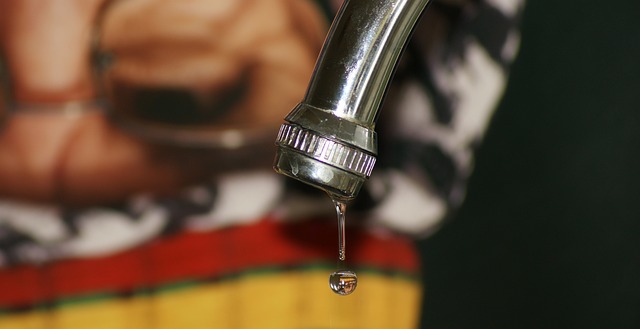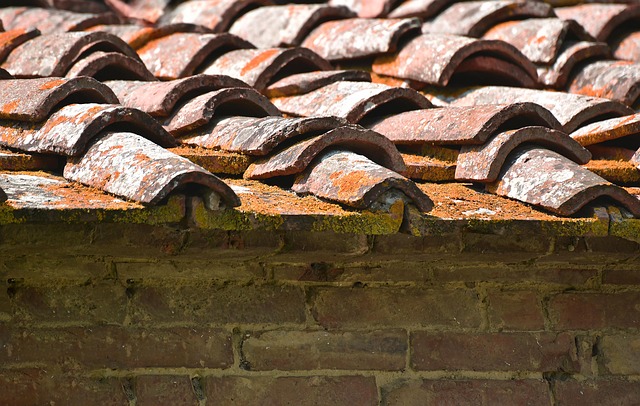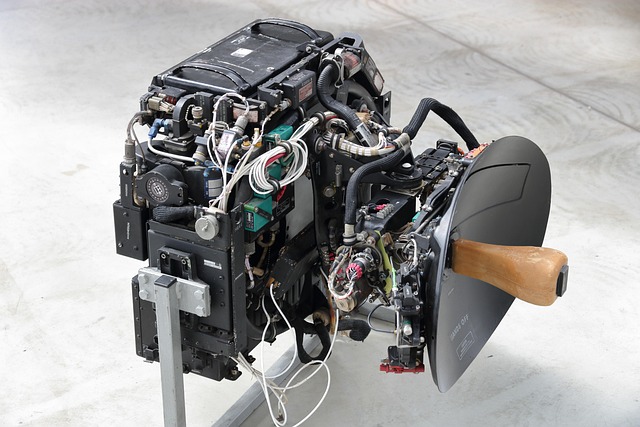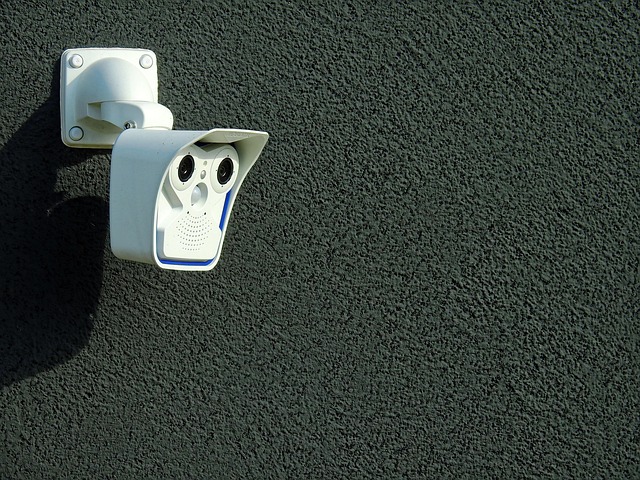In today's digital age, emergency leak detection is a vital tool for proactive property management. Advanced technologies empower professionals with swift and precise leak identification through smart systems that monitor water usage patterns, detect anomalies, and provide immediate alerts. This prevents extensive damage and costly repairs in both residential and commercial settings, saving money and resources. By understanding common leak types and sources, integrating advanced sensors, infrared cameras, and regular maintenance checks, building owners can minimize the risk of leaks, save costs, and maintain operational efficiency, as demonstrated by successful case studies.
In today’s world, effective emergency leak detection is an indispensable aspect of property management. Understanding this crucial system can prevent extensive water damage, minimize costs, and foster a safe environment. This article delves into the significance of prompt leak identification, explores advanced technologies in leak detection systems, dissects common types of leaks and their sources, presents strategies for proactive monitoring, and highlights successful case studies, ultimately emphasizing the importance of leak detection in property preservation.
Understanding Emergency Leak Detection: A Crucial Aspect of Property Management

In today’s digital era, emergency leak detection has emerged as a game-changer in property management. Traditional methods of detecting leaks often relied on visual inspections and waiting for noticeable signs, which could lead to significant damage and costly repairs. However, advanced technologies have revolutionized this process, enabling professionals to identify potential leaks swiftly and accurately. This is particularly crucial in commercial and residential properties alike, where water damage can result in substantial financial losses and even pose health risks.
By integrating smart leak detection systems, property managers can proactively navigate the challenge of water intrusion. These innovative solutions employ a combination of sensors, data analytics, and real-time monitoring to detect anomalies in water usage patterns. This proactive approach allows for immediate attention to minor issues before they escalate into major crises. In summary, emergency leak detection is not just an added convenience but a vital tool for effective property stewardship, ensuring the integrity of structures and safeguarding against unforeseen financial burdens.
The Impact of Prompt Leak Identification on Damage Mitigation

Prompt identification of leaks is paramount in minimizing damage and reducing costs associated with water leakage. The faster a leak is detected, the less time water has to cause havoc on properties. In residential settings, early detection can prevent extensive water damage to walls, ceilings, and floors, saving homeowners from costly repairs. Similarly, in commercial or industrial facilities, quick action can protect valuable equipment, sensitive data, and precious resources from being compromised.
By implementing advanced leak detection systems, businesses and individuals alike can ensure that any potential issues are identified swiftly. These systems utilize smart technology to monitor water usage patterns and detect anomalies, allowing for immediate alerts when a leak is suspected. Prompt response to these alerts enables efficient damage mitigation strategies, ultimately preserving assets and limiting financial losses.
Advanced Technologies in Leak Detection Systems

Advanced technologies have significantly enhanced the capabilities of leak detection systems, transforming the way we identify and address potential issues. One such innovation is the adoption of smart sensors that can detect even the slightest variations in pressure or moisture levels. These sensors are equipped with artificial intelligence (AI) algorithms that learn normal patterns and can immediately recognize anomalies, enabling early detection of leaks.
Another game-changer is the integration of Internet of Things (IoT) devices, which allows for real-time monitoring and remote control. This means that maintenance teams can receive alerts on their devices even when they’re not physically present at the site. By combining these advanced technologies with regular maintenance checks, facilities can now prevent major damage caused by leaks, thereby saving costs and ensuring operational efficiency.
Common Types of Leaks and Their Potential Sources

In the realm of leak detection, understanding common types and their potential sources is paramount for swift and effective response. Residential and commercial properties alike are susceptible to various leak scenarios, each with its own unique origin. Pipeline leaks, for instance, often stem from aging or corroded pipes, while appliance malfunctions can lead to water leaks from refrigerators, washing machines, or dishwashers. In the context of industrial settings, leaks may arise from faulty valves, gaskets, or piping systems, posing significant risks to operations and safety.
Additionally, roof leaks, a common nuisance, can result from missing or damaged shingles, flashing issues, or poor installation. Basement leaks often signal problems with drainage systems, cracked foundations, or poorly sealed joints. The ever-present risk of leak detection extends to outdoor areas as well, including sprinkler system malfunctions, broken hoses, and underground pipe bursts. Timely identification of these common types of leaks is crucial for minimizing damage and facilitating efficient repair processes.
Strategies for Effective Leak Monitoring and Prevention

Leak detection is a proactive approach that involves implementing several strategies for monitoring and preventing water leaks. The first step is to conduct regular inspections, utilizing advanced technologies such as smart sensors and infrared cameras to identify potential leak points. These tools can detect even the smallest anomalies, allowing for prompt action before minor issues escalate into major damage.
Additionally, establishing a comprehensive maintenance program is vital. This includes scheduling routine checks of pipes, valves, and fixtures, ensuring they are in good working condition. Regular flushing of water systems and pressure testing can also prevent leaks by identifying weak spots. By combining these strategies, building owners or managers can significantly reduce the risk of leaks, minimizing disruptions and saving costs associated with repairs and potential water waste.
Case Studies: Successful Emergency Leak Detection in Action

Leak detection systems have proven their worth through numerous successful case studies, showcasing their ability to mitigate water damage and minimize disruption. One notable example involves a large commercial building where an advanced leak detection network was implemented. The system utilized a combination of pressure sensors, flow meters, and smart alarms to identify subtle changes in water distribution patterns. When a potential leak was detected, the real-time data allowed maintenance teams to swiftly locate and repair the issue before substantial water loss occurred. This proactive approach saved the organization significant costs and ensured business continuity.
Another compelling case highlights the effectiveness of leak detection in residential settings. A family home installed a smart leak monitoring system as a preventive measure. The system’s AI-powered analytics detected abnormal water usage patterns, indicating a potential pipe burst during off-peak hours. The homeowners were promptly alerted via their smartphone app, enabling them to contact emergency services before any significant damage was done. This scenario exemplifies how timely intervention through efficient leak detection can prevent major disasters and protect valuable assets.
